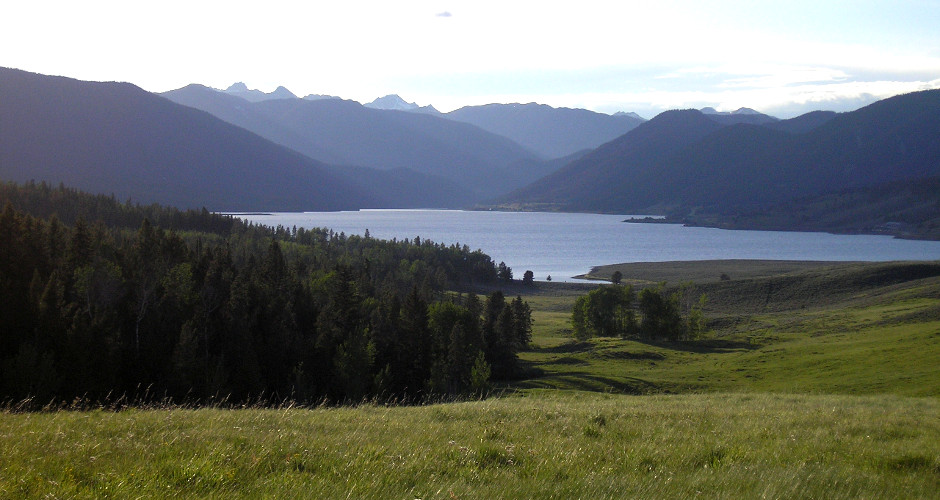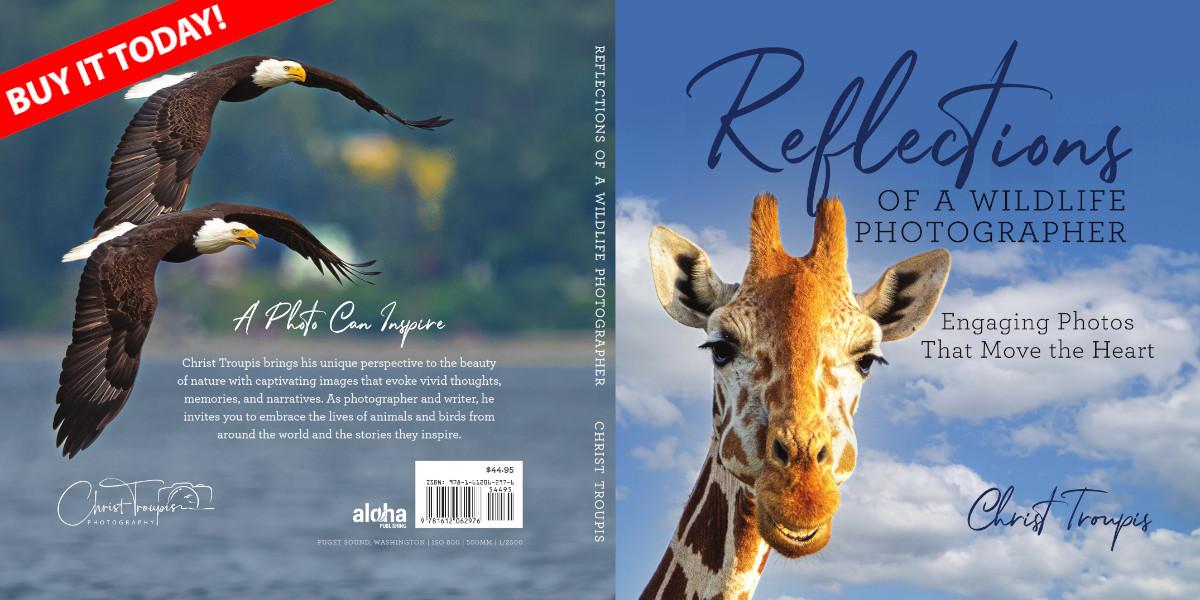Part 1 of a 6 Part Series
This is the first of a six-part series. The reader is highly encouraged to go to these websites and study what is discussed in these articles in order to make an informed decision.
As a child in Island Park, frequent visits by a squirrel to the cabin resulted in my grandfather naming him Pete. With various family coaxing Pete to take food from our hand, my grandfather was the only one who succeeded. Pete was a neighbor that visited often for the food left out for him and our family was honored by his visits. Respectfully staying inside until she moved on with her journey, we watched many mother moose passing by with calves, respecting their rights to passage. Placing land into conservation status will forever remove these experiences. As private landowners, we live with animals, and they live with us without any harm to them. We are meant to be together.
The Island Park area is targeted by an aggressive agenda that could potentially destroy what we have always known and loved. To fully understand this agenda it is important to understand its history.
In 2001, the U. S. Congress appropriated federal funds to states for wildlife and fish conservation along with the responsibility to develop a comprehensive wildlife conservation strategy. These strategies were intended to lay the foundation for “a coordinated vision and mechanism to enact conservation at a landscape level”. Because this statement was so benign it was difficult for local residents or elected officials to understand its true meaning.
In 2005, the Idaho Department of Fish and Game (IDFG) finished the required Comprehensive Wildlife Conservation Strategy (CWCS). The intent was to pass on “our ecological heritage to future generations”, and engage others towards this endeavor.
The purpose of this strategy was to identify species of greatest conservation need (SGCN) and habitats for conservation, use legal instruments for conservation methods, and involve the public. “Ecosystem management” was also included. Seen as a “living document”, open to ongoing revisions, the strategy also recognized “the need for increased and permanent federal conservation funding…”
Participants in the CWCS included multiple government agencies and UN NGOs. The Wilderness Society (WS), The Nature Conservancy (TNC), Defenders of Wildlife, NatureServ (a partner of the UN program IUCN), and the Idaho Conservation League (ICL) which attaches itself to the Wilderness Society were all actively involved in the CWCS. Local Island Park working groups and elected representatives were not asked to participate as the strategy had intended.
“Coordination” took place between federal and state government agencies, other states, land trusts, and even Canada with consultation on regional plans. But Idaho citizens were not included. Idaho was broken up into “eco sections”, especially because of its “close association to TNC’s ecoregional plans“. This was just the beginning of blurring state, county, and private land jurisdictional boundaries. America’s foundation is state sovereignty and local control through elected representation, which are being erased.
IDFG also declared, “All wildlife…within the state of Idaho, is hereby declared to be the property of the state of Idaho”, to be “…preserved, protected, perpetuated, and managed.” The CWCS states it “does not require any person or entity to implement conservation actions”, or “dictate how conservation actions should be implemented”, but only to “provide information and general direction…in developing conservation plans” with the development of those conservation plans as “discretionary”.
In the strategy, species were inventoried, especially the SGCN, habitats for protection were prioritized, and a goal to prevent the spread of invasive species. Although IDFG declared itself as “…not a major land management agency…” it did include partnerships with land management agencies (land trusts groups), plans to “acquire interest in property”, assisting private landowners in conservation practices, and reducing impacts from land development.
The CWCS laid the foundation to gather data. This data was needed to later justify the creation of large conservation landscapes, and create wildlife and habitat corridors for connectivity. Partnering with UN NGOs, and with the CWCS, IDFG supported the Heart of the Rockies, Crown of the Continent, Greater Yellowstone, Yellowstone to Yukon, and the High Divide agendas, which all work to place land and species under conservation status, create corridors, and promote connectivity.
Island Park narrowly escaped designation as a national monument. But conservation easements, corridors, and connectivity achieve the same result, loss of private land ownership and land use by Idahoans. In Idaho, the goal of these groups are connecting landscape from Yellowstone, across public and private land, over the Continental Divide, and into the Centennials. IDFG is putting policies into place that will help them achieve these goals.
A Monitoring Oversight Team, which included the TNC, was formed to coordinate and monitor the implementation of the strategy. Its primary purpose was to develop an overall strategy, identify needs, and set priorities. The CWCS was seen as a “living document”, open to any changes necessary. A review of the CWCS in 2010 included revision of the SGCN conservation status, identifying any actions needing modification, and strategy revisions.
Recommended actions included encouraging conservation plans with farmers/ranchers, adjusting grazing schedules, reducing residential development, restricting OHV use, allowing naturally occurring fires to burn, identifying linkage zones that provide connectivity between habitats for wide-ranging species along roads and highways, locating and designing highways and roads to reduce and mitigate impacts to wildlife and key habitats, providing corridors of intact, minimally disturbed habitat for wide–ranging species, reducing development on lakes, and designing travel corridors. Establishing corridors for eventual connectivity were the true goals in the CWCS.
At the 10 year revision of the CWCS in 2015, with all that data gathered, we now have the State Wildlife Action Plan (SWAP). What was a strategy has now become the plan. SWAP will implement the creation of corridors beginning with the Hwy 20 Corridor plan, altering the IP landscape with artificial wildlife bridges and fences that wildlife will be forced to use in their migratory path. Elk were not identified in CWCS as a SGCN, but are now the species being used to justify the need for a corridor because of wildlife-vehicle-collisions (WVC). Highways and roads are the arteries that connect people to their land, the majority of which have been responsible in safely accommodating animals during migration across the roads. Attempts to environmentally engineer wildlife is very concerning. But the truth is, the creation of these corridors along highways and roads are stepping stones towards connectivity of large landscape areas. That was the real intent of the CWCS and now SWAP.
As a neighbor to Yellowstone Park, Island Park has been, is, and will continue to be a targeted area for conservation by UN NGOs. They have a renewed and aggressive goal to convince private landowners to place their land into a conservation easement with partnering land trusts included in the CWCS.
The agenda will not stop with wildlife. Part 2 will explain how biodiversity, ecosystems, and wetlands are used as justification to create corridors of connectivity. Pete, I was so honored and blessed to have known you.



